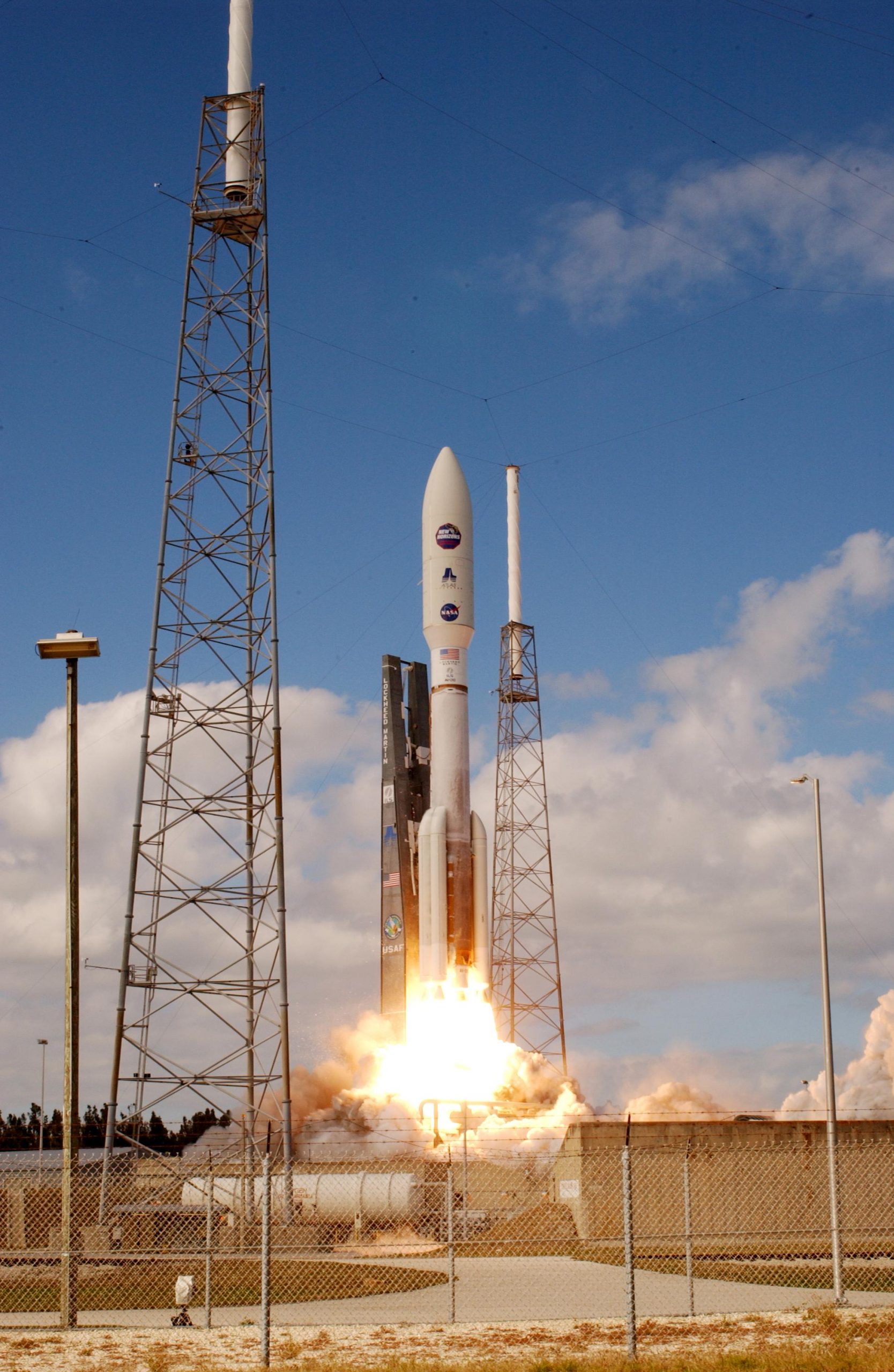
United Launch Alliance’s (ULA) Atlas V rocket is set to launch the US Space Force’s (USSF) Space Systems Command (SSC) Space Test Program (STP)-3 mission on 5 December.
The lift-off will take place from Space Launch Complex-41 at Cape Canaveral Space Force Station in Florida.
ULA Government and Commercial Programs vice-president Gary Wentz said: “The STP-3 is a unique mission as the Atlas V will deliver STP-3 directly into geosynchronous equatorial orbit (GEO).
“This is a highly complex orbital insertion that requires three Centaur burns and precise navigation, a capability unique to the Atlas V.
“This is our longest mission to date at seven hours and ten minutes until final spacecraft separation.”
ULA noted that the mission’s Atlas booster is powered by the RD AMROSS RD-180 engine.
How well do you really know your competitors?
Access the most comprehensive Company Profiles on the market, powered by GlobalData. Save hours of research. Gain competitive edge.

Thank you!
Your download email will arrive shortly
Not ready to buy yet? Download a free sample
We are confident about the unique quality of our Company Profiles. However, we want you to make the most beneficial decision for your business, so we offer a free sample that you can download by submitting the below form
By GlobalDataAerojet Rocketdyne supplied the RL10C-1 engine for the Centaur upper stage while Northrop Grumman provided the five GEM-63 solid rocket boosters for the mission.
ULA noted that the STP-3 mission comprises STPSat-6 satellite that hosts the National Nuclear Security Administration’s (NNSA) Space and Atmospheric Burst Reporting System-3 (SABRS-3) package and Nasa’s Laser Communications Relay Demonstration (LCRD) experiment.
A propulsive secondary payload adapter carrying further small science and technology missions is also part of the launch.
In December 2020, ULA launched a satellite for the National Reconnaissance Office (NRO), a US Government agency tasked to handle spy satellites.







